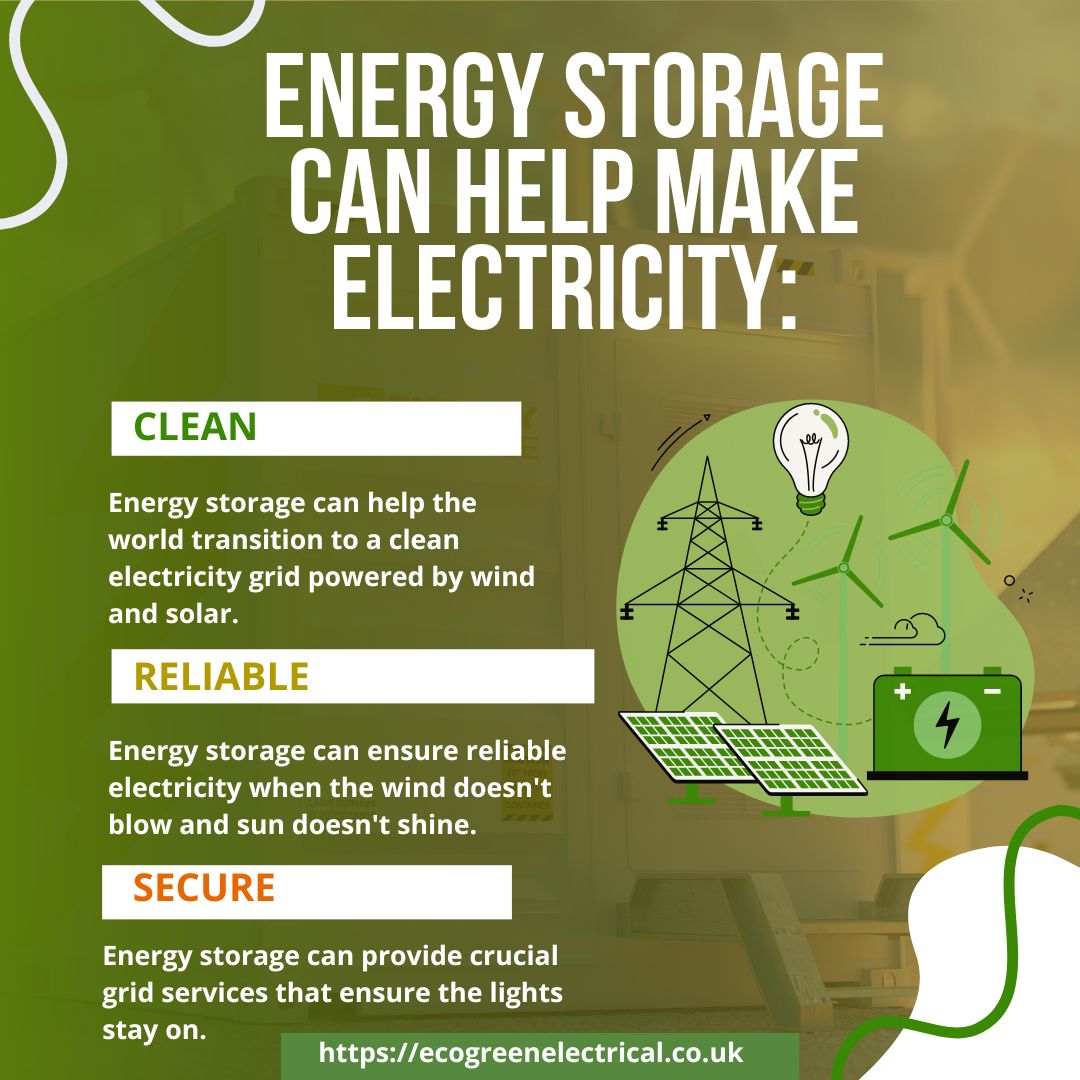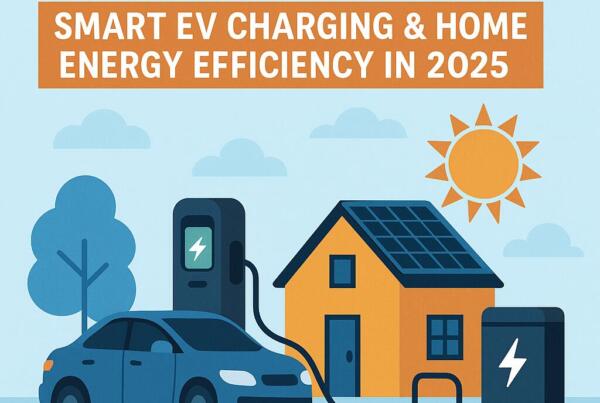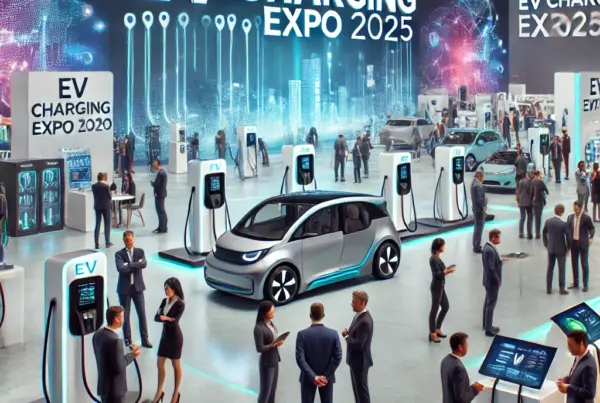Sustainable Energy Storage Solutions
As renewable energy continues to gain momentum as a clean and sustainable alternative to fossil fuels, the challenge of storing energy for when the sun isn’t shining, or the wind isn’t blowing becomes increasingly important. Fortunately, technology is catching up, and several innovative sustainable energy storage solutions are now available. These solutions can help to smooth out energy demand peaks and dips, making renewable energy an even more viable option for powering our world. In this article, we will explore four fundamental energy storage technologies that are helping to pave the way for a cleaner, greener future.
Pumped hydro: When Water Meets Gravity!
Pumped hydro, a type of hydropower, is an ingenious way to store energy from renewable sources. It works by pumping water uphill during times of low energy demand and then releasing it through turbines to generate electricity when demand is high. It is the largest source of renewable electricity generation globally and plays a critical role in decarbonizing the power system. The good news is that more than half of Europe’s new hydropower capacity additions by 2025 will be pumped storage, especially in Switzerland, Portugal, and Austria. In China, it will also be the primary source of new hydropower capacity from 2023 to 2025. Clearly, pumped hydro is a powerful solution to our energy storage needs.
Power-to-Mobility:
Electric vehicles (EVs) are more than just a clean way to get around – they are also becoming a crucial part of the solution to our energy storage needs. With EV sales skyrocketing and governments phasing out internal combustion engines, EVs can now store surplus electricity each time they are charged. This surplus power can be fed back into the grid during peak demand periods, making up for any shortfalls. As more and more charging stations are built, EVs will become even more valuable as a source of energy storage, allowing utility companies to use excess electricity more efficiently. EVs are becoming a key part of the “power-to-mobility” movement, which seeks to harness the power of electric transportation to create a cleaner and more sustainable energy future.
Batteries: Energizing the Future
Batteries are not a new concept – they’ve been around since the 19th century. However, recent advances in technology and lower prices have made grid-scale battery facilities a booming industry for energy storage. In fact, the Moss Landing Energy Storage Facility in California is now home to the world’s largest battery energy storage system. The 300-megawatt lithium-ion battery, made up of 4,500 stacked battery racks, went online in January 2021. But that’s not all – countries like Australia, Germany, Japan, the UK, Lithuania, and Chile are also planning their own utility-scale battery energy systems. It is clear that batteries will play a critical role in powering our future.
Thermal Energy Storage: Keeping the Heat On
Thermal energy storage is a clever way of storing excess energy, particularly in buildings and industrial processes. It works by storing surplus energy from renewable sources or waste heat to be used later for heating, cooling, or power generation. Liquids like water, and solid materials such as sand or rocks, are commonly used to store thermal energy. Additionally, chemical reactions or changes in materials can also be used to store and release thermal energy. This is a great way to reduce energy waste and make buildings more efficient – simple water tanks in buildings are an excellent example of thermal energy storage systems. By keeping the heat on, thermal energy storage is helping to create a more sustainable and comfortable future.
Conclusion:
In a nutshell, energy storage technologies are crucial to the future of sustainable energy. As we move towards a more renewable energy-based future, it is essential to have solutions in place for when the sun isn’t shining, or the wind isn’t blowing. From pumped hydro and power-to-mobility to batteries and thermal energy storage, we have a range of options available to us that can help us store excess energy and make the most of it when we need it.











